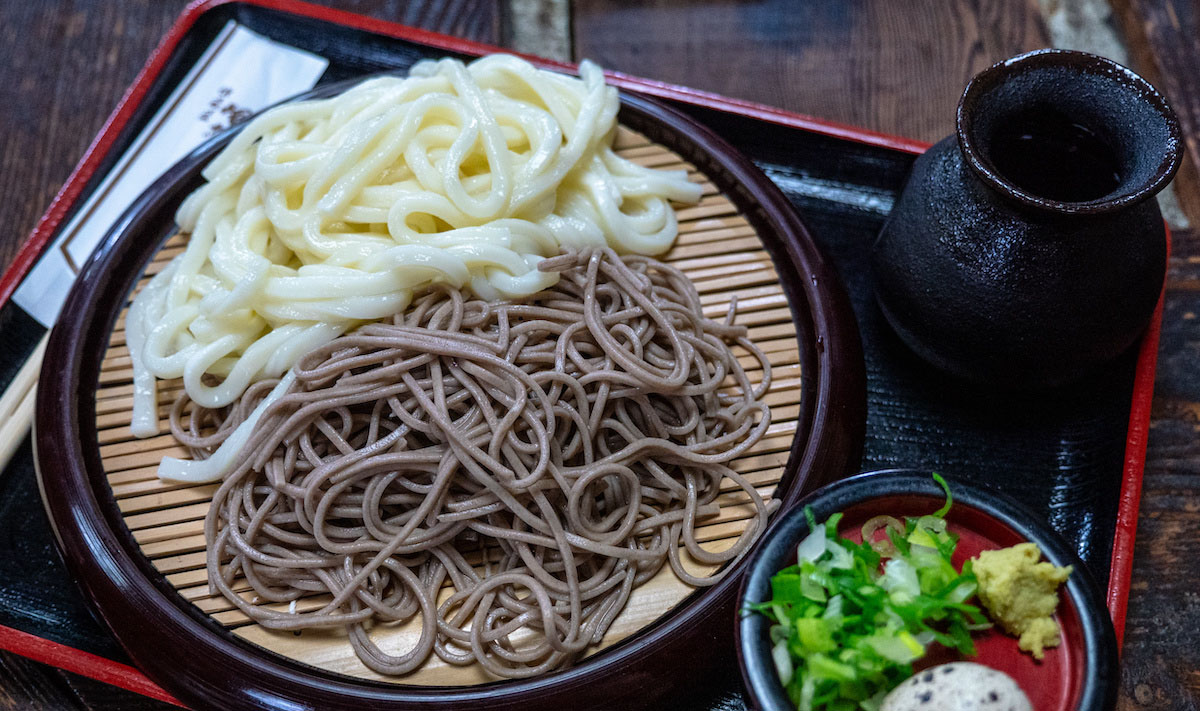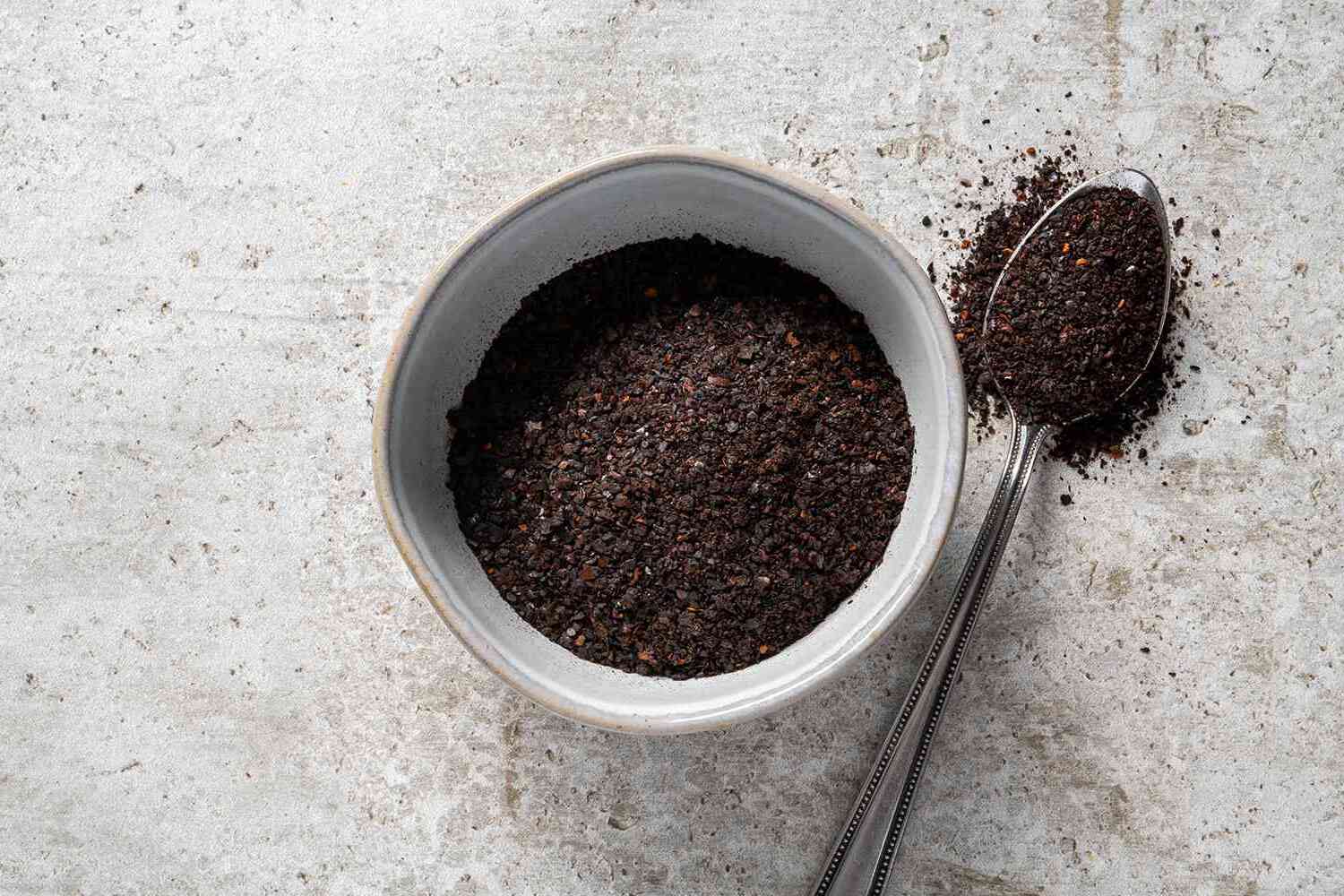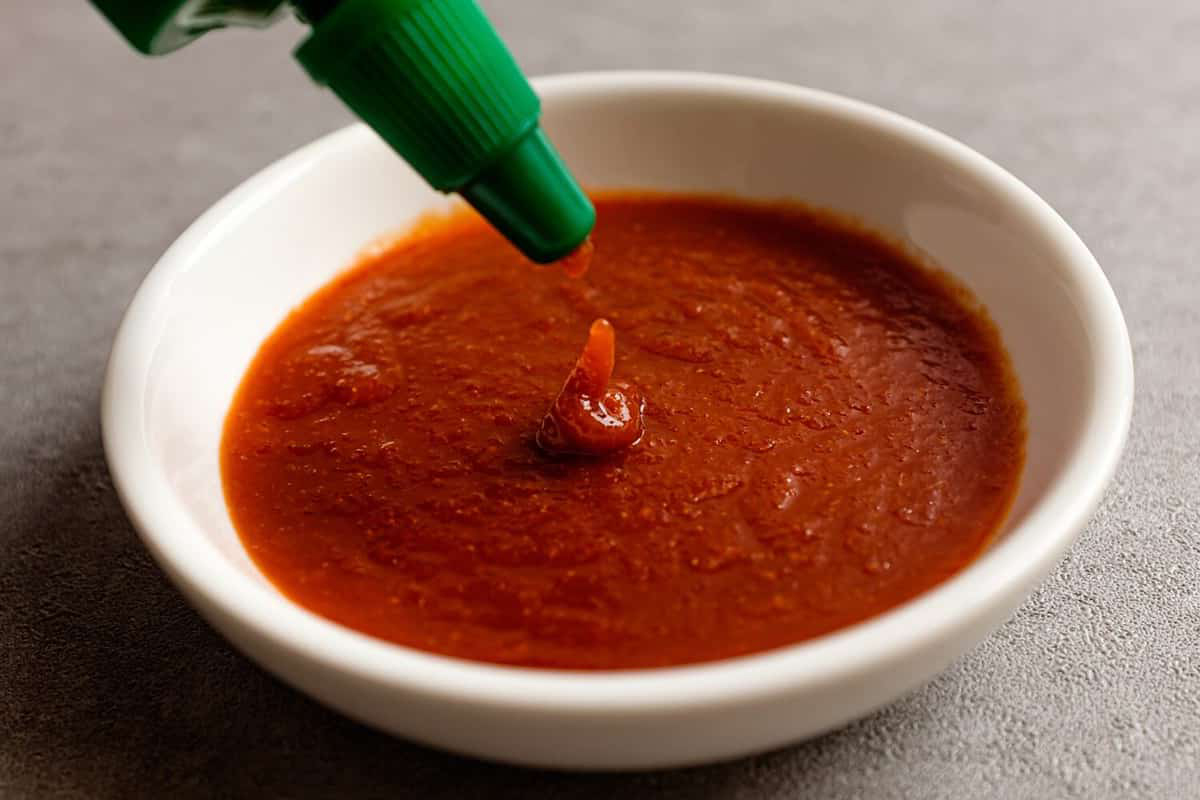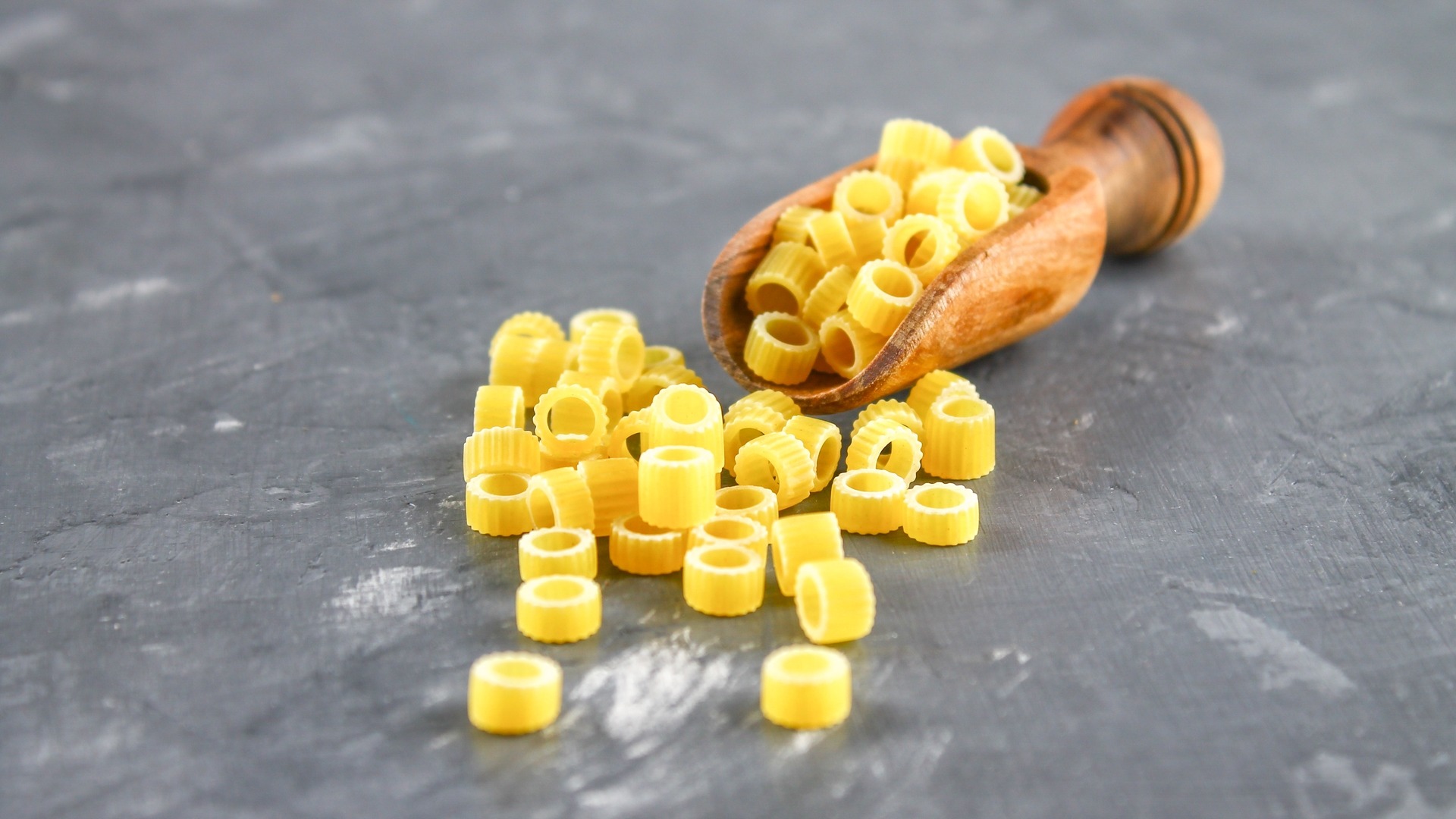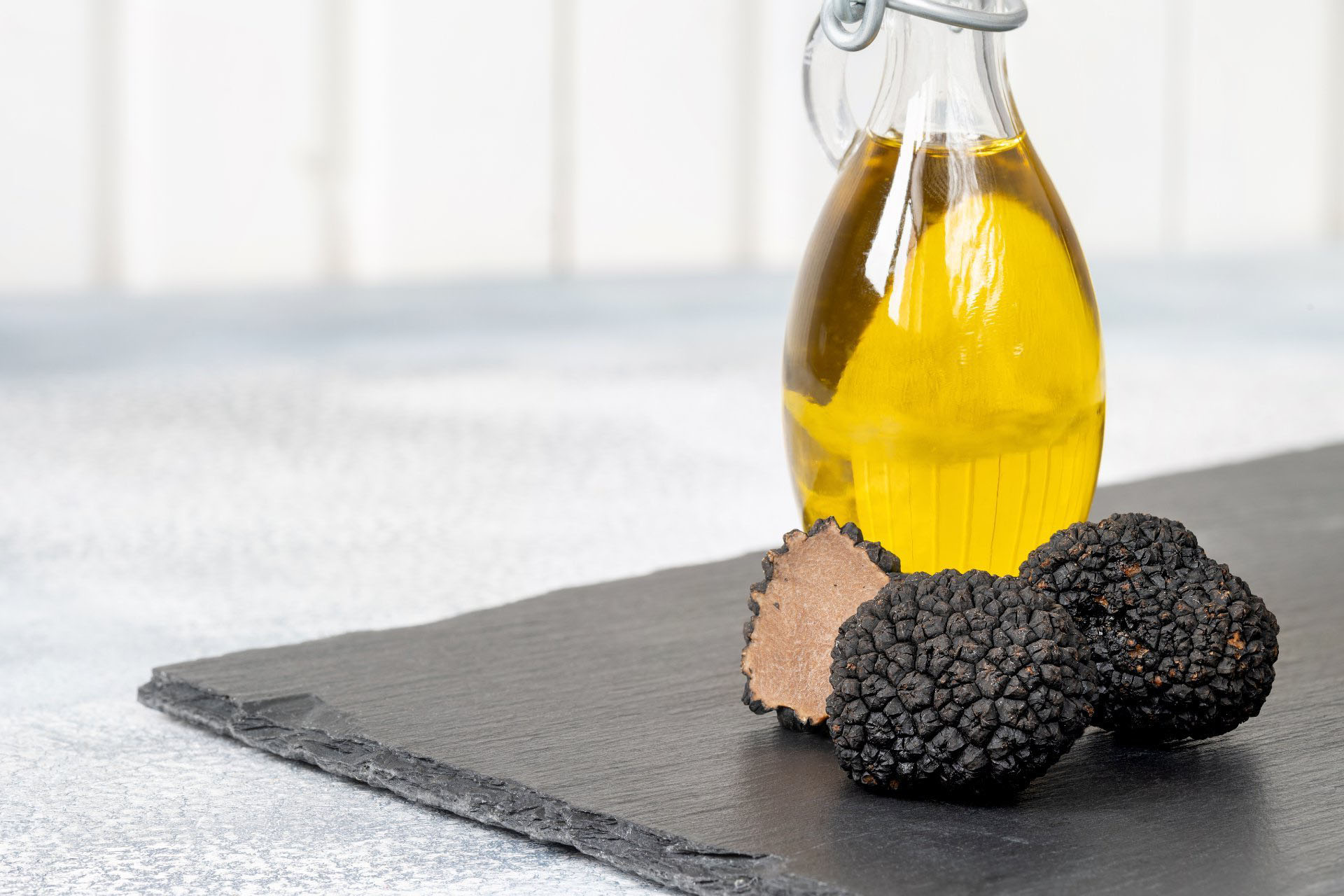Biryani: A Flavorful Journey Through South Asian Cuisine
If you're a fan of aromatic spices, tender meat, and fragrant rice, then you're in for a treat. Biryani is a beloved dish that hails from South Asia and is celebrated for its rich flavors and diverse variations. In this article, we'll take a closer look at what makes biryani so special and explore its cultural significance.
A Brief History
Biryani has a long and storied history that dates back to the Mughal era in India. It is believed to have been brought to the Indian subcontinent by Persian and Turkish travelers. Over time, it evolved to incorporate local ingredients and cooking techniques, resulting in the diverse array of biryani styles that we see today.
What Makes Biryani Unique?
Biryani is a one-pot dish that brings together a harmonious blend of flavors and textures. At its core, biryani consists of fragrant basmati rice, tender meat (such as chicken, lamb, or goat), and a medley of spices. The key to a great biryani lies in the careful layering of these components, allowing them to meld together and create a symphony of taste.
Regional Variations
One of the most fascinating aspects of biryani is the way it varies from region to region. Each area puts its own spin on the dish, resulting in a delightful tapestry of flavors. Some popular variations include:
- Hyderabadi Biryani: Hailing from the city of Hyderabad in India, this biryani is known for its bold flavors and the use of marinated meat.
- Lucknowi Biryani: Originating from the city of Lucknow, this biryani is characterized by its delicate aroma and the use of fragrant spices.
- Kolkata Biryani: This version of biryani incorporates potatoes and features a lighter, less spicy flavor profile.
The Biryani Experience
Enjoying biryani is not just about savoring a meal – it's about immersing yourself in a cultural experience. In many South Asian households, biryani is a dish that brings families and friends together. The process of preparing biryani is often a labor of love, with each step taken to ensure that the final dish is nothing short of extraordinary.
How to Enjoy Biryani
If you're eager to try biryani for yourself, there are a few key tips to keep in mind:
- Choose Your Protein: Whether you prefer chicken, lamb, or vegetables, there's a biryani variation to suit your taste.
- Pair it with Raita: The cool, refreshing flavors of raita complement the boldness of biryani perfectly.
- Savor the Layers: Take the time to appreciate the layers of flavor in each spoonful, from the tender meat to the fragrant rice.
In Conclusion
Biryani is more than just a dish – it's a celebration of culture, tradition, and the art of blending spices. Its rich history and diverse variations make it a culinary marvel that continues to captivate food enthusiasts around the world. Whether you're a seasoned biryani aficionado or a curious newcomer, there's always something new to discover in the world of biryani.
Was this page helpful?
Read Next: What Is Basil Sauce?

